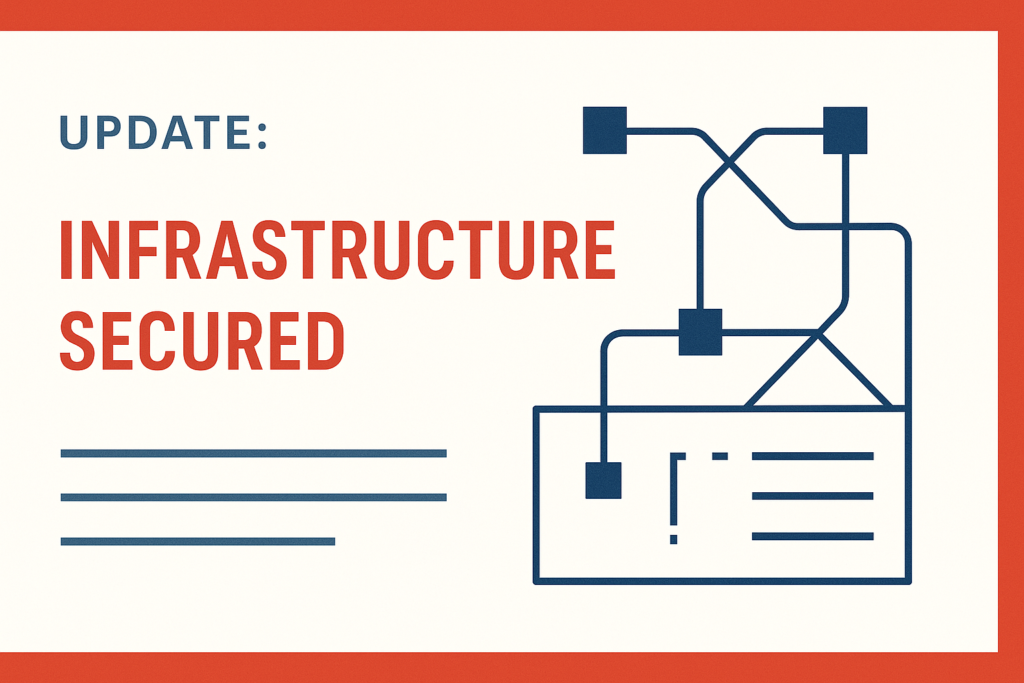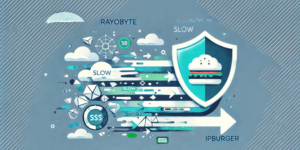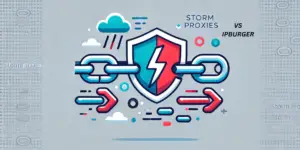This month didn’t wobble. It collapsed.
Quadranet (QN) — a provider we had trusted for years — went dark.
No warning. No transition planning. No failsafes.
Their website? Gone.
Their dashboards? Inaccessible.
Their support team? Unreachable (not even a ghost queue left behind).
Behind those failures sat three of our production servers—and thousands of IPs—suspended midstream. Hard cut. No paperwork. No rollback plan.
We didn’t get a migration notice.
We didn’t get a call.
We got radio silence—and then a pile of broken routes.
What actually happened
In the aftermath, we figured it out the hard way: QN had split our infrastructure across three unknown providers without so much as a support ticket.
One server got dropped onto Colocrossing (where a 15-minute cutover ballooned into a 48-hour scramble).
One was quietly moved to QuickPacket (whose communication style can best be described as “partial sentences, sent days apart”).
One was reassigned to HiVelocity, where initial promises around IP retention didn’t survive the first scheduling conflict.
(There’s a specific feeling when you’re piecing together live infrastructure footprints using stale ARIN traces. It’s not nostalgia.)
Each recovery effort ran parallel, hand-mapped one block at a time.
The work it took
Standard escalation paths weren’t available. Neither were normal incident playbooks.
We built around the damage:
- Bridge routing deployed manually to reanchor critical sessions.
- Reverse DNS reseeding pushed ahead of registration backlogs.
- BGP stale route withdrawal forced through partial path propagations.
- Live session validation moved up-stack to application endpoints, because Layer 3 confirmations couldn’t be trusted.
(It’s hard to explain what it feels like to audit your own infrastructure manually, in shifts, while the system’s supposed to be running live. But you know it when you’re there.)
The goal was simple: reclaim control before cascading session failures outpaced remediation.
The breakthrough
After direct negotiation with all involved carriers, we closed the acquisition on every range we previously leased.
Every ASN assignment validated.
Every route announcement secured.
Every customer-assigned IP block shifted under direct network control.
“Ownership changed everything,” said Rushi Adhia, COO. “It meant no more waiting for someone else to decide when our customers could connect again.”
We built new paths—not through escalation chains, but through infrastructure we now manage fully.
Upstream accountability is gone.
Control sits where it should have been all along.
Why this matters
“We didn’t create IPBurger to depend on other people’s promises,” said Sagar Chandarana, CEO. “We built it because you can’t outsource trust at the infrastructure layer.”
Today, when a routing anomaly hits, we correct it directly.
When a provider shifts terms, we shift without disruption.
When sessions spike or edge nodes get noisy, we optimize without external negotiations.
- Full-path network ownership.
- Faster propagation adjustments.
- Tighter session-level durability.
- Lower latency through owned block stewardship.
(Or, put more simply: fewer tickets. More verifications.)
This is now a self-sustaining system—not a stitched patchwork relying on vendor promises.
To our customers
We stayed online by refusing to outsource responsibility.
If you were impacted during the instability, you didn’t get excuses—you got recovery paths.
You got sessions migrated through hand-built bridges.
You got routes validated manually when the stack itself couldn’t be trusted.
You got a team that didn’t wait for a resolution window.
We engineered one.
(Trust is built in the off-hours, when no one’s watching. Always has been.)
And that’s what you’re connected to now:
A platform engineered for second-order resilience—designed for failure points, not ideal conditions.
Thanks for giving us room to work while we reset the rails.
Thanks for trusting that even when upstreams collapsed, your routes would hold.
We’re Still Standing. And This Time,
We Wrote the Routing Table Ourselves.



